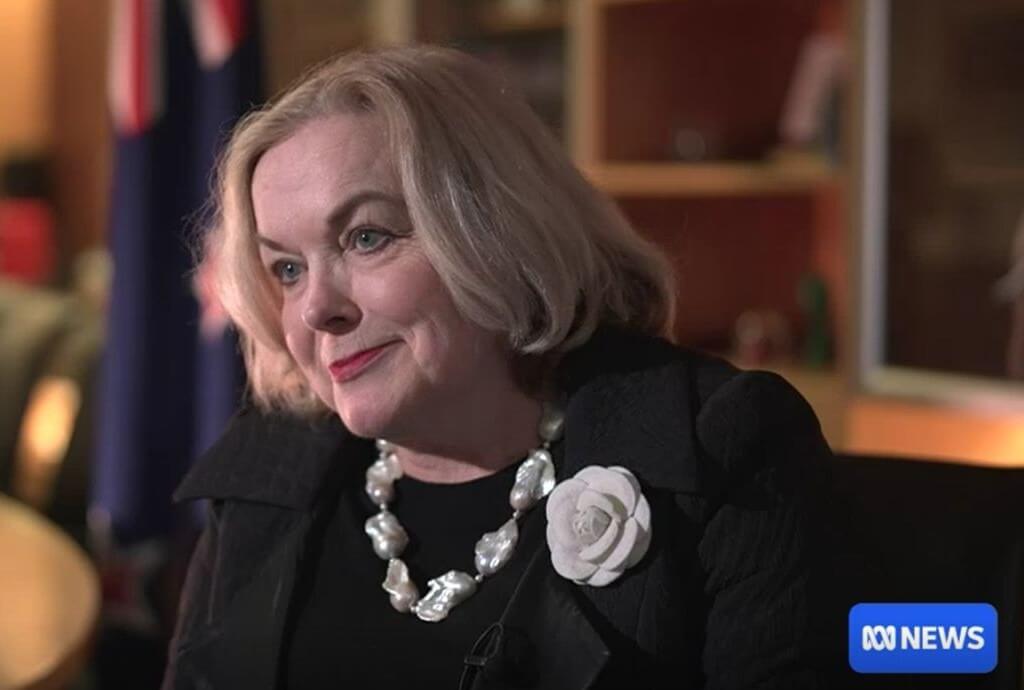In brief
- Less than half of schoolchildren attend classes regularly.
- The MoE announced $74m to alleviate the truancy crisis, with 82 new “Attendance Officers”.
- Truancy officers were phased out about a decade ago, replaced by in-school attendance officers, but the MoE doesn’t keep track of those numbers.
The breakdown
Data suggests more than half of schoolchildren aren’t attending school regularly (defined as attending school 9 out of 10 days). The Ministry of Education (MoE) announced $74m for a truancy package to deal with the issue. The approximate breakdown of the package is:
- $37.5m over five years to establish 82 new “Attendance Officers”.
- $28m towards increasing the capacity of regional attendance services.
- $8m to improve systems for attendance data collection and analysis.

How’d we get here?
Localised “truancy officers”, as they were called then, were phased out about a decade ago and replaced with 3rd-party regional attendance services. Schools can refer students to these services that are funded via contracts with the MoE.
There’s a variety of these services available. Some are run directly by lead schools, others are run by iwi and non-government organisations. Others are a mix of the two.
The common complaint is that the regional attendance services are generally underfunded and don’t have the personal relationship with the families that is often key in reconnecting truant children with school.
Schools may hire their own in-house attendance services, but it’s expensive.
Another complaint is the MoE has not kept any data on how many truancy officers are in these organisations, nor has it kept timely data on truancy numbers themselves. The MoE says they receive financial information through schools’ annual financial statements but there’s no requirement to report spending on staffing for in-house attendance officers.
Opposition parties National and ACT say not having basic information available on how millions of dollars have been spent or having up-to-date attendance data is a failure by the Government.
According to ACT “The Ministry says it has increased the number of organisations contracted to deal with truancy from 45 to 79 but, as ACT revealed in November, it barely keeps track of what they’re doing. Despite allocating $16.5 million to attendance services last year, the Ministry didn’t know how many attendance officers there were and didn’t receive any truancy data from 108 schools in Term 2”
What powers do the Attendance Officers have?
Attendance officers have the following policing powers:
- Detain students if found outside of school.
- Issue fines up to $1,000 for obstruction offences.
- Recommend charges related to truancy under the Education and Training Act 2020.
Truancy charges are directed at parents and legal guardians. The charges are up to $30 for each day the student wags school. A first conviction can mean a fine of up to $300 while repeat offences can net fines up to $3000. However, these fines are rarely used. As ACT pointed out in its criticism, only one family has been fined for truancy in five years.



















